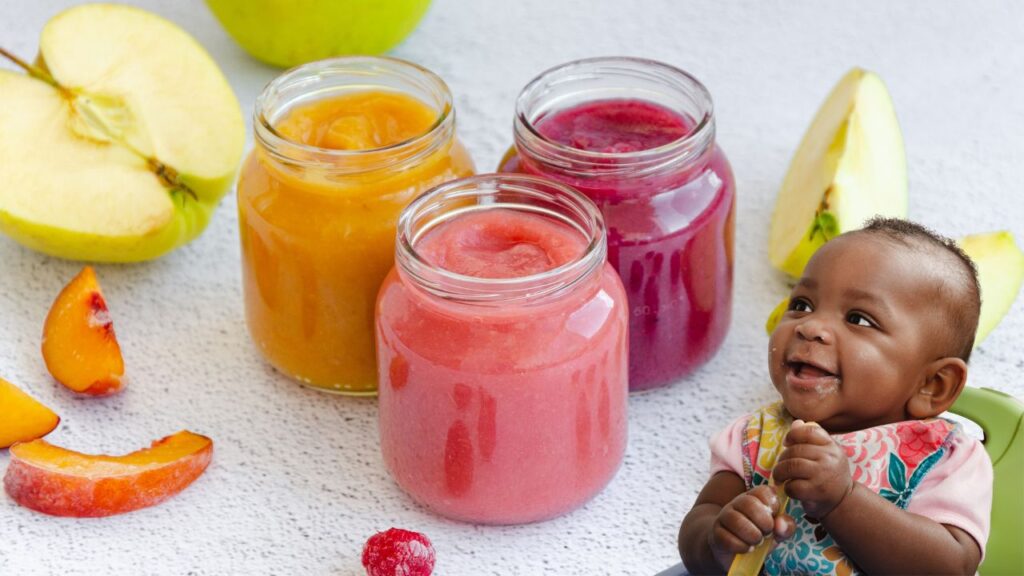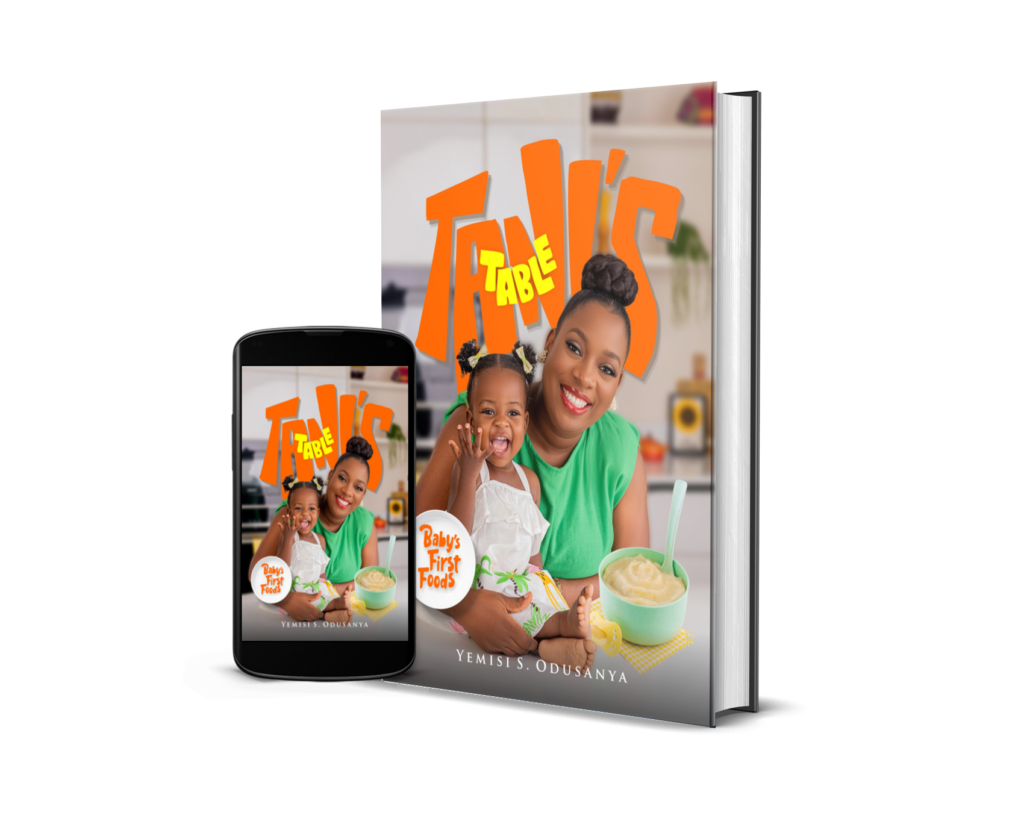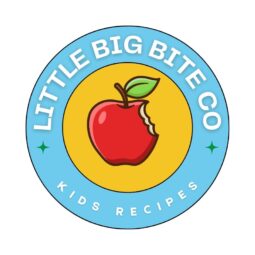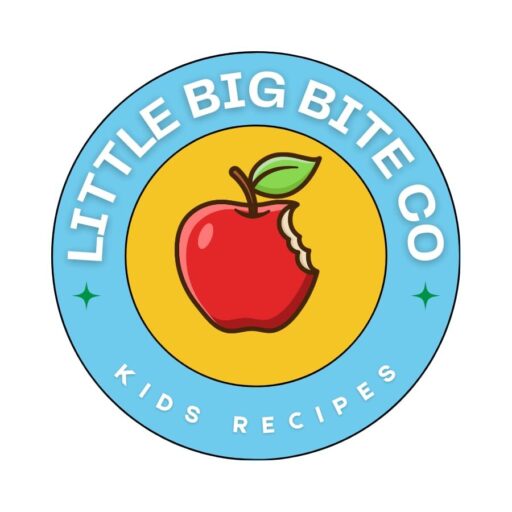No products in the cart.
Menu Plan for a Baby’s First Month of Feeding
Introducing solids to your baby is an exciting and important milestone. It’s a time of exploration, learning, and bonding as your little one discovers new tastes and textures. If you’re starting your baby on purees, it’s essential to take it slow, introduce one food at a time, and ensure the meals are nutritious and easy to digest. This article provides a sample menu plan for your baby’s first month of starting solids, along with tips to make the transition smooth and enjoyable.

Key Tips for Starting Solids
- Timing: The World Health Organization (WHO) recommends exclusive breastfeeding for the first six months. Solids should only be introduced after this period, unless advised otherwise by your pediatrician.
- Texture: Start with smooth, runny purees and gradually thicken the texture as your baby gets used to swallowing solids.
- Allergies: Introduce one new food at a time and wait 2-3 days before introducing another to monitor for allergic reactions.
- Breastmilk or Formula: Continue breastfeeding or formula feeding alongside solids to ensure your baby receives adequate nutrition and hydration.
- Portion Sizes: Start with 1-2 teaspoons of puree and gradually increase the amount as your baby’s appetite grows.

BABY’S FIRST FOODS : Tani’s Table
“Tani’s Table” is a lovingly crafted guide to introducing Nigerian-inspired flavors and nutritious meals to babies, guiding parents through the crucial stages of their child’s early feeding journey. This book celebrates the richness of Nigerian cuisine while providing practical advice tailored to each stage of a baby’s development. “Tani’s Table” is a go-to resource for Nigerian parents and car…
Original price was: ₦10,000.00.₦7,000.00Current price is: ₦7,000.00.
Sample Menu Plan for the First Month
Week 1: Introduction to Single-Ingredient Purees
The first week is all about introducing simple, single-ingredient purees to help your baby adjust to solids.
- Day 1-2: Smooth rice cereal mixed with breastmilk or formula. Start with 1-2 teaspoons at midday.
- Day 3-4: Pureed sweet potato. Steam or boil the sweet potato, blend until smooth, and mix with a little breastmilk or formula to achieve a runny consistency.
- Day 5-7: Pureed carrot. Steam or boil the carrot, blend until smooth, and mix with breastmilk or formula if needed.
Note: Offer solids once a day, preferably at midday, and continue breastfeeding or formula feeding as usual.
Week 2: Expanding the Menu
By the second week, your baby may be ready to try new flavors and textures. Continue introducing one new food at a time.
- Day 8-9: Pureed apple. Steam or boil the apple, blend until smooth, and mix with a little water or breastmilk if needed.
- Day 10-11: Pureed pear. Steam or boil the pear, blend until smooth, and adjust the consistency as needed.
- Day 12-14: Pureed avocado. Mash ripe avocado with a fork until smooth and serve as is or mix with breastmilk or formula.
Note: If your baby shows signs of readiness, you can introduce a second feeding session in the evening.
Week 3: Introducing More Variety
In the third week, you can start combining familiar foods and introducing new ones.
- Day 15-16: Pureed banana. Mash ripe banana with a fork until smooth and serve as is.
- Day 17-18: Pureed pumpkin. Steam or boil the pumpkin, blend until smooth, and mix with breastmilk or formula if needed.
- Day 19-21: Pureed zucchini. Steam or boil the zucchini, blend until smooth, and adjust the consistency as needed.
Note: You can now offer solids twice a day—once in the morning and once in the evening.
Week 4: Building a Balanced Diet
By the fourth week, your baby may be ready for more complex combinations and thicker textures.
- Day 22-23: Sweet potato and carrot puree. Steam or boil both vegetables, blend until smooth, and mix with breastmilk or formula if needed.
- Day 24-25: Apple and pear puree. Steam or boil both fruits, blend until smooth, and adjust the consistency as needed.
- Day 26-28: Avocado and banana mash. Mash ripe avocado and banana together until smooth and serve as is.
Note: Continue offering solids twice a day and monitor your baby’s reactions to new foods.
Additional Tips for a Smooth Transition
- Follow Your Baby’s Cues: Let your baby guide the pace. If they turn their head or refuse to eat, try again later.
- Use Fresh, Whole Ingredients: Whenever possible, use fresh fruits and vegetables to prepare your baby’s meals.
- Avoid Added Sugar and Salt: Babies don’t need added sugar or salt in their diets. Let them enjoy the natural flavors of the foods.
- Introduce Allergens Carefully: Common allergens like eggs, peanuts, and dairy can be introduced after consulting your pediatrician.
- Make Mealtime Fun: Use colorful bowls and spoons, and talk to your baby during meals to make the experience enjoyable.
-
Product on sale
 BABY’S FIRST FOODS : Tani’s TableOriginal price was: ₦10,000.00.₦7,000.00Current price is: ₦7,000.00.
BABY’S FIRST FOODS : Tani’s TableOriginal price was: ₦10,000.00.₦7,000.00Current price is: ₦7,000.00. -
Product on sale
 THE LITTLE BIG BITE : Fun & Healthy Meals For ChildrenOriginal price was: ₦12,000.00.₦7,000.00Current price is: ₦7,000.00.
THE LITTLE BIG BITE : Fun & Healthy Meals For ChildrenOriginal price was: ₦12,000.00.₦7,000.00Current price is: ₦7,000.00.


